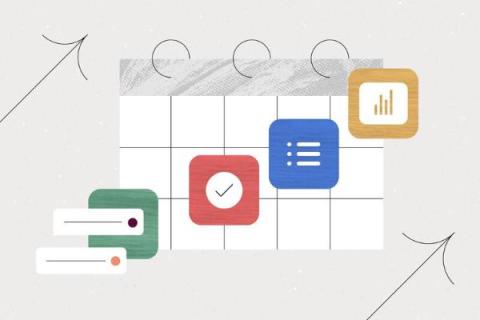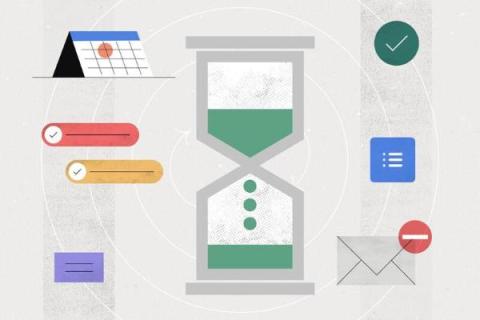How to create a winning marketing plan, with 3 examples from world-class teams
A marketing plan helps leaders clearly visualize marketing strategies across channels, so they can ensure every campaign drives pipeline and revenue. In this article you’ll learn eight steps to create a winning marketing plan that brings business-critical goals to life, with examples from word-class teams.











